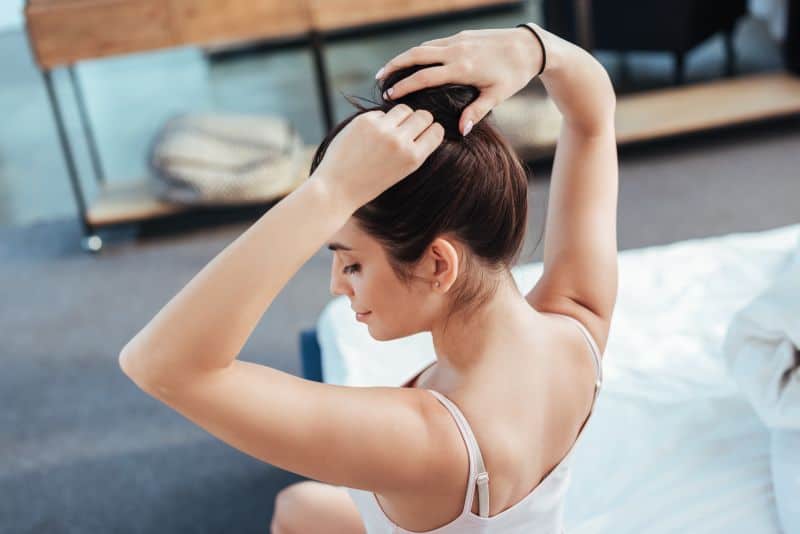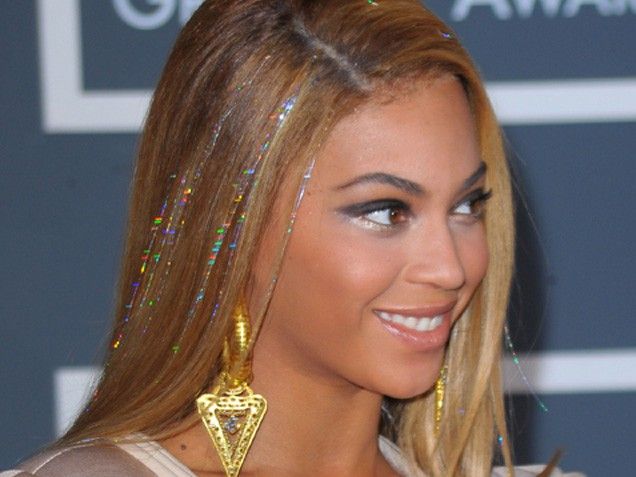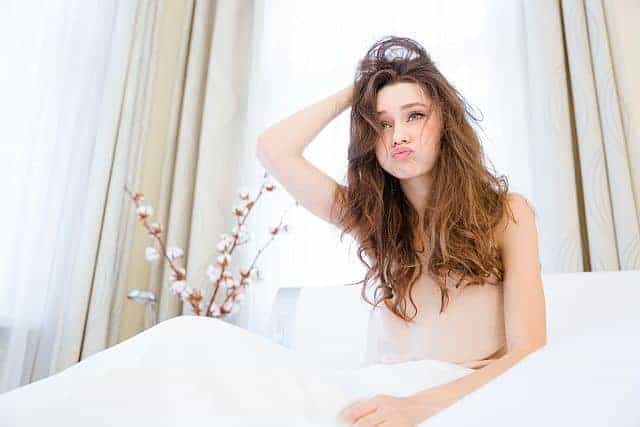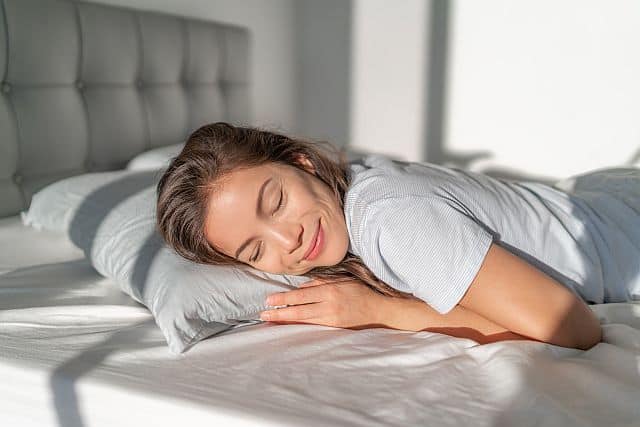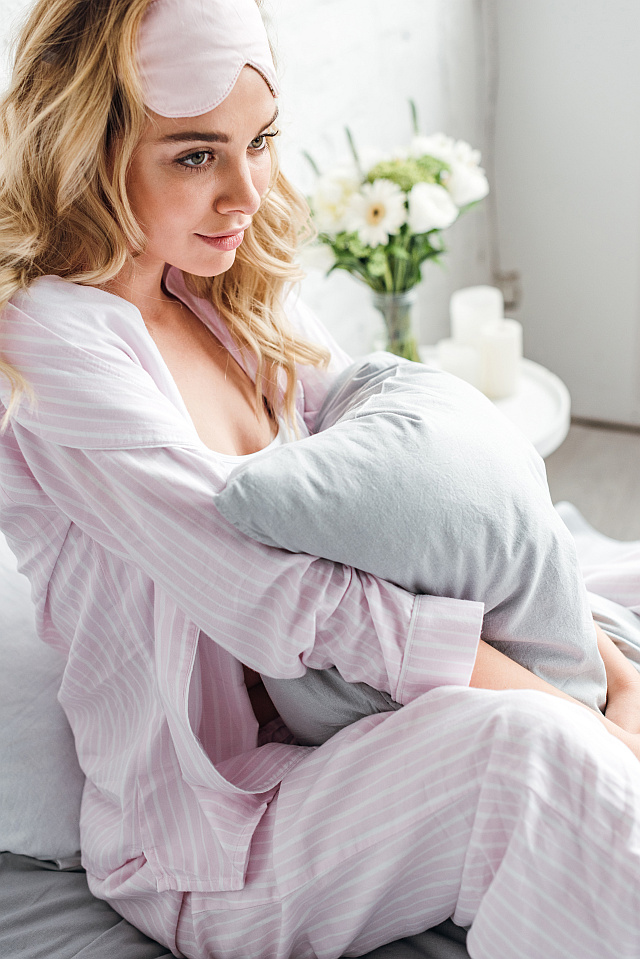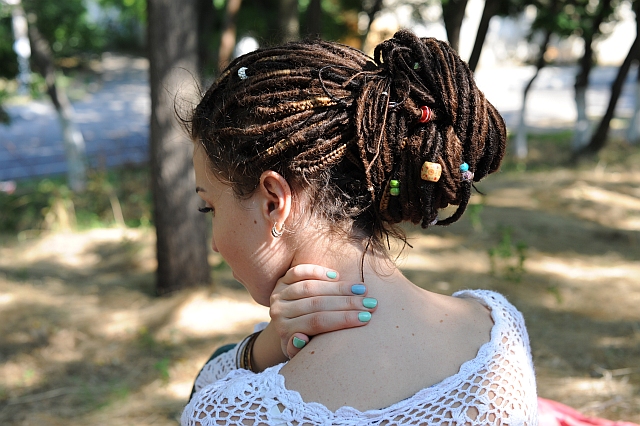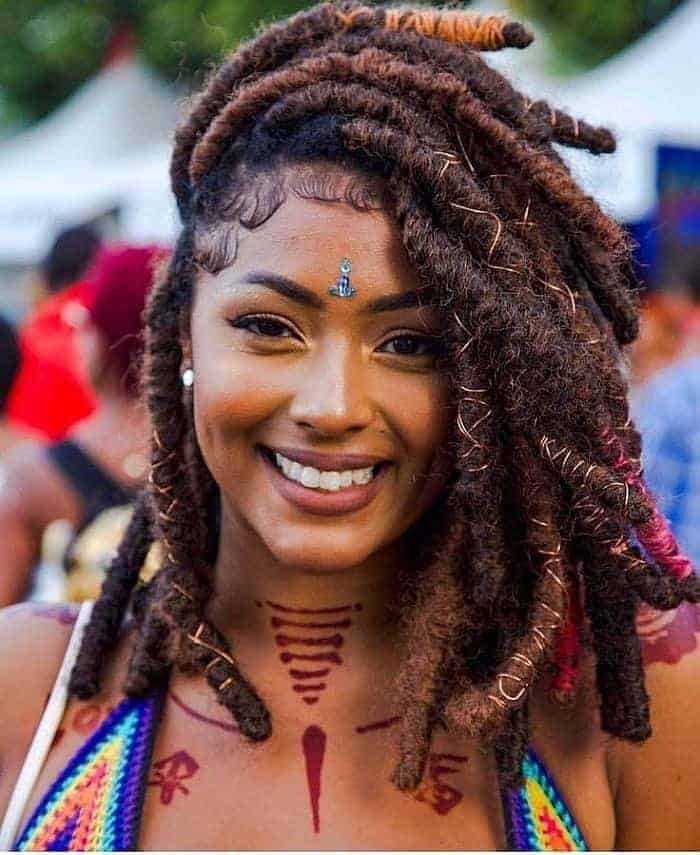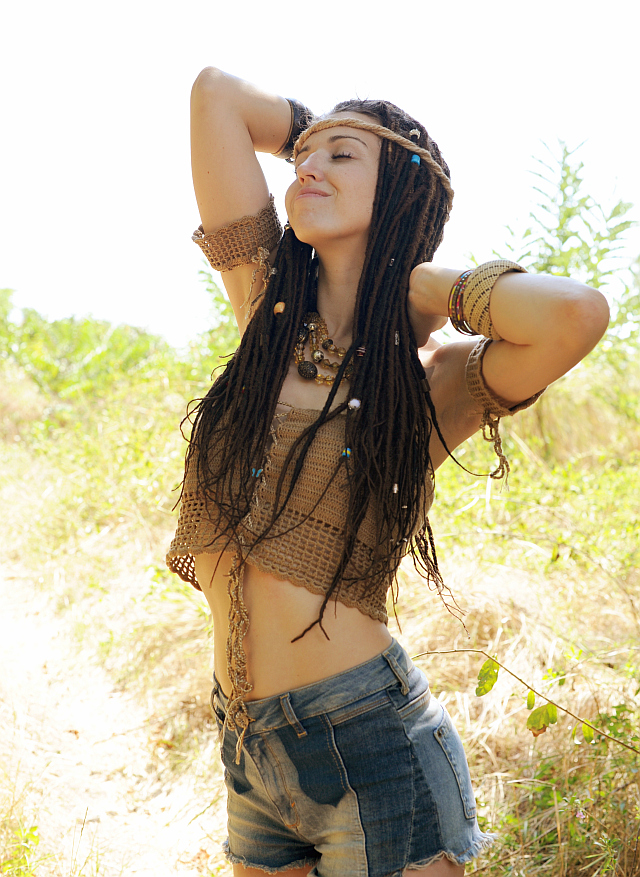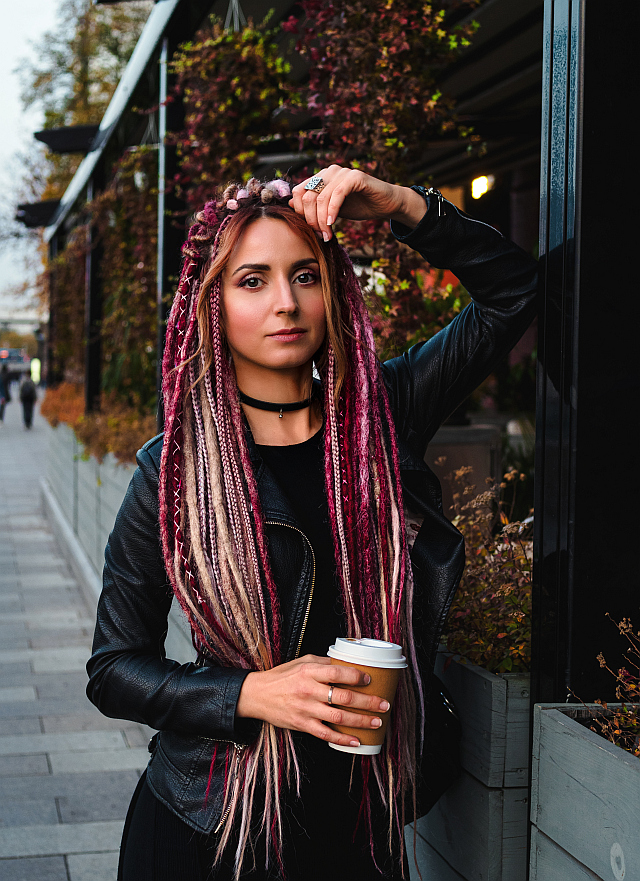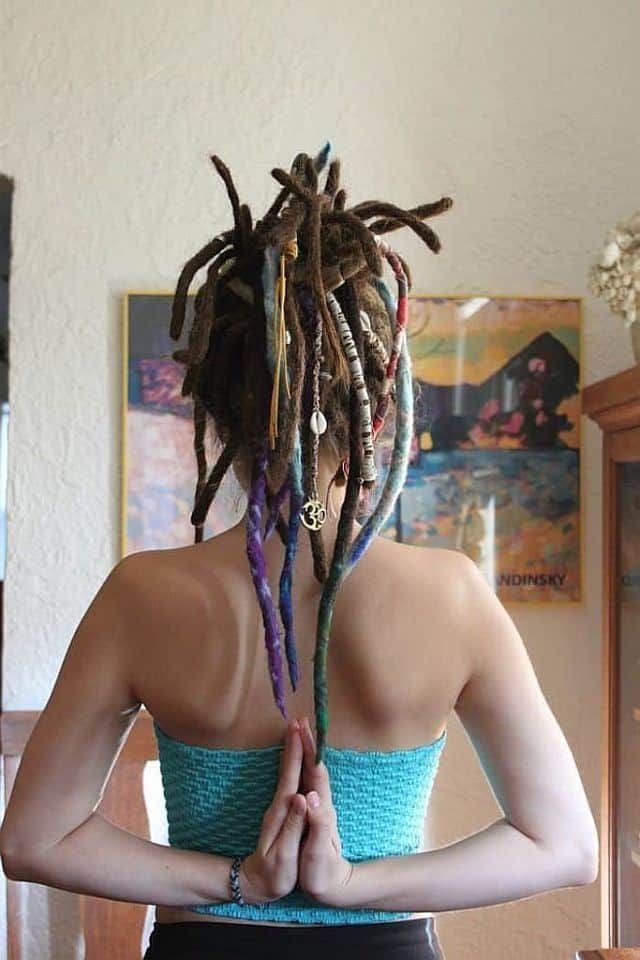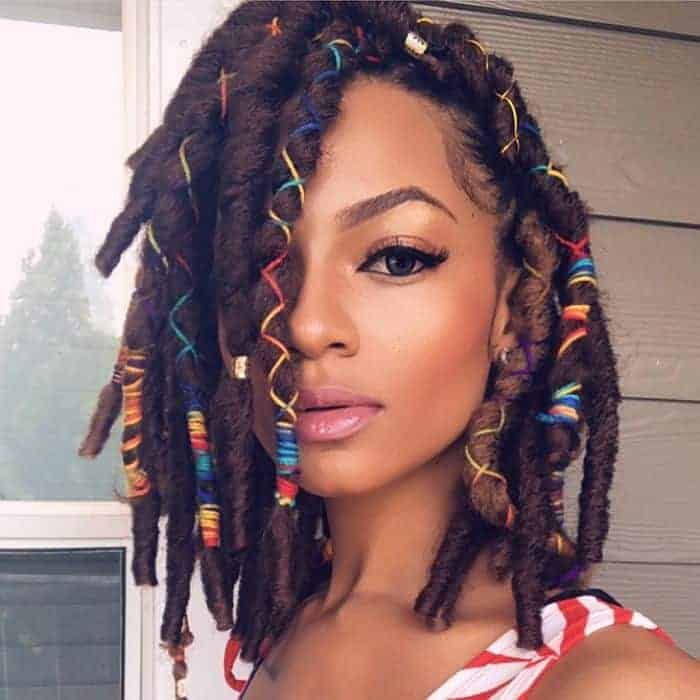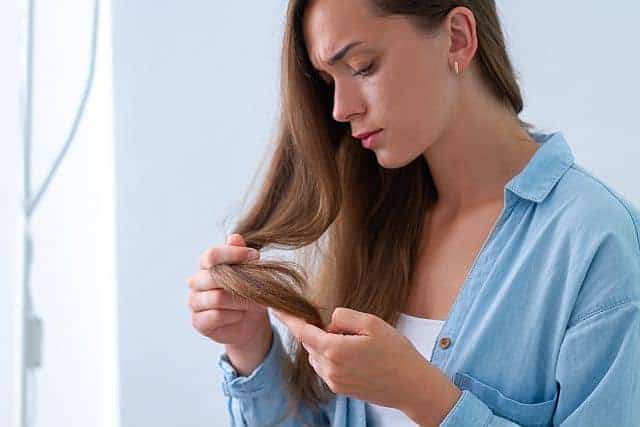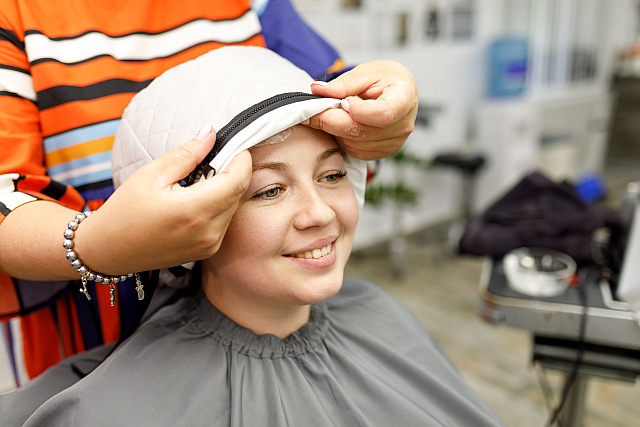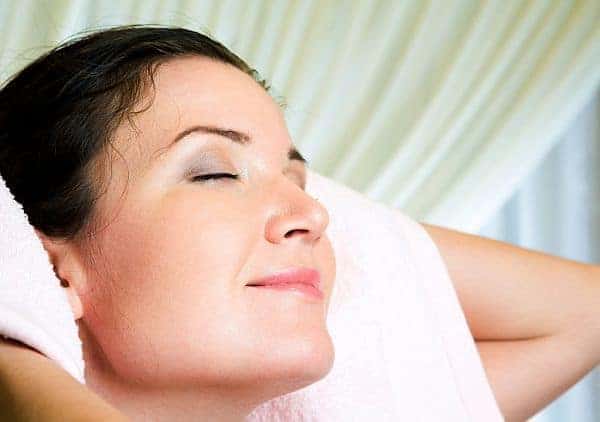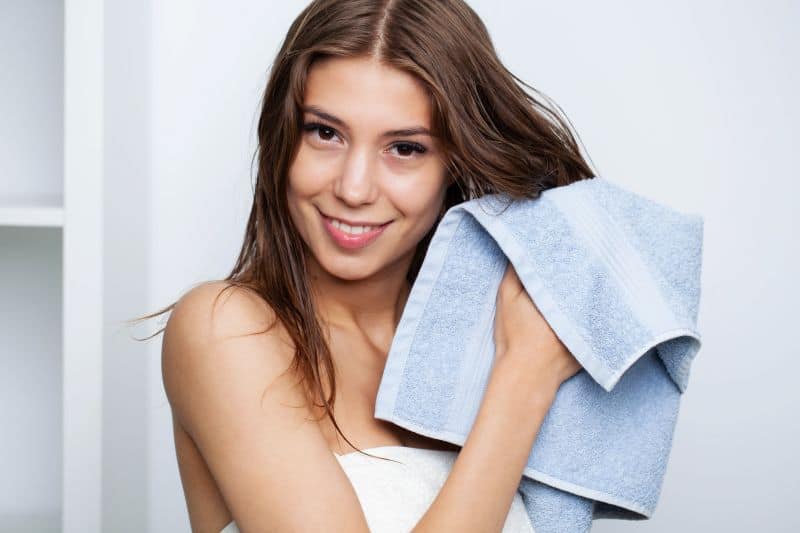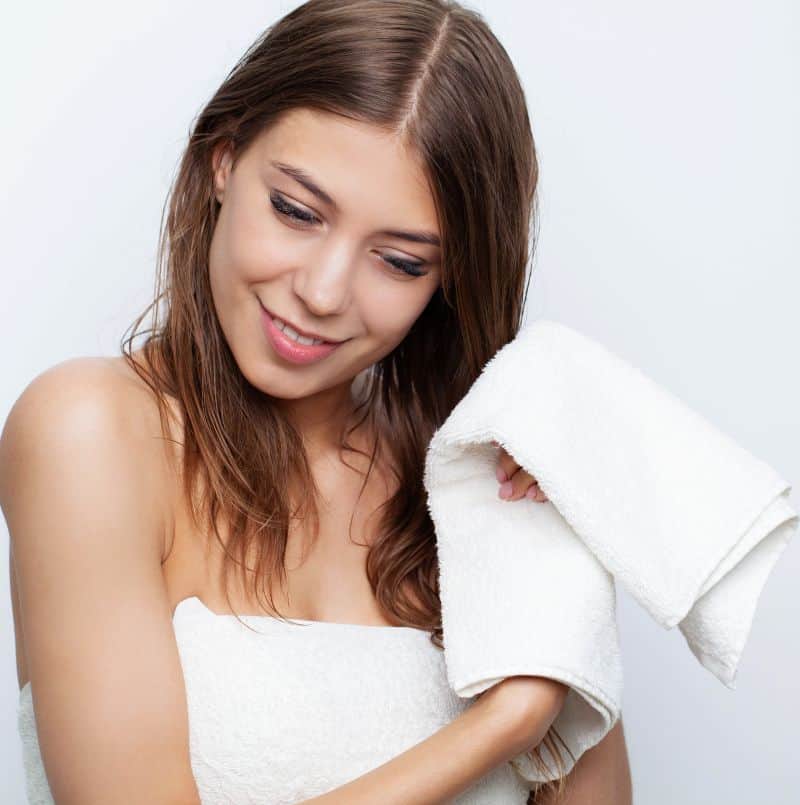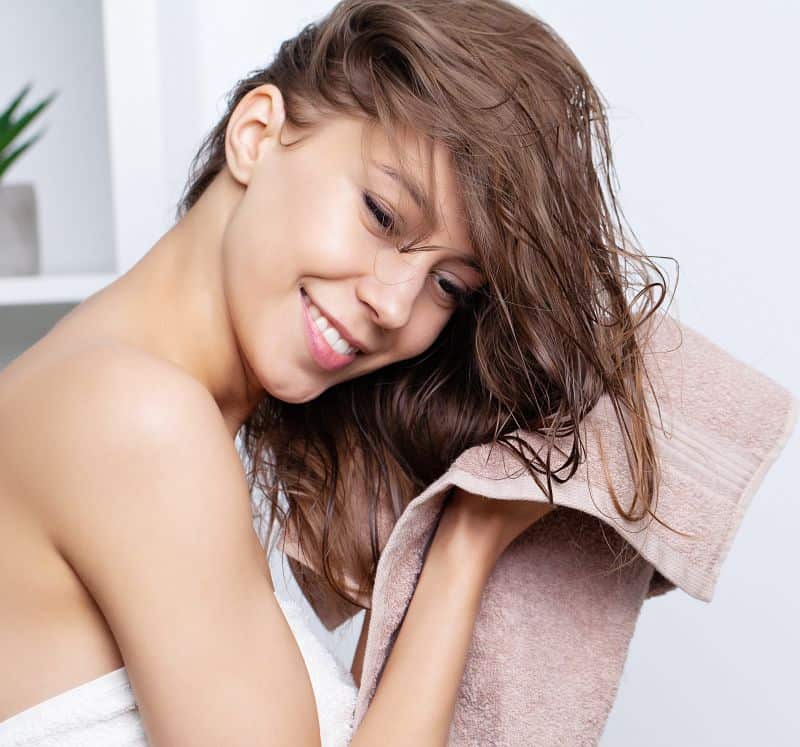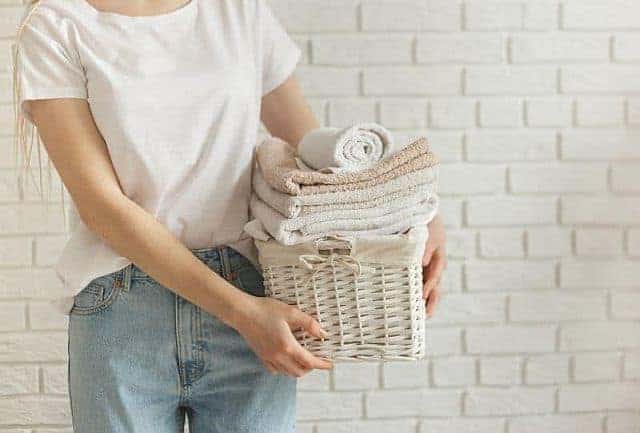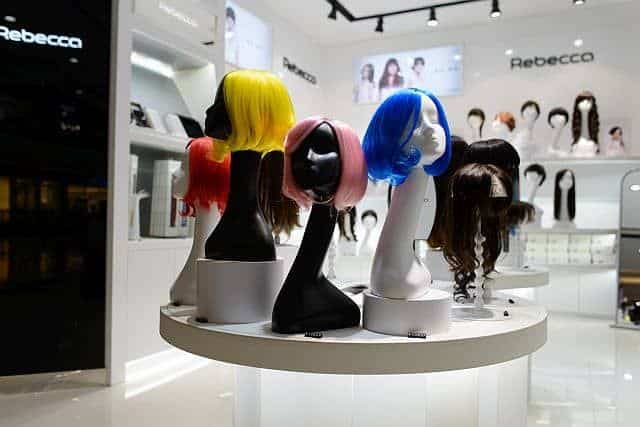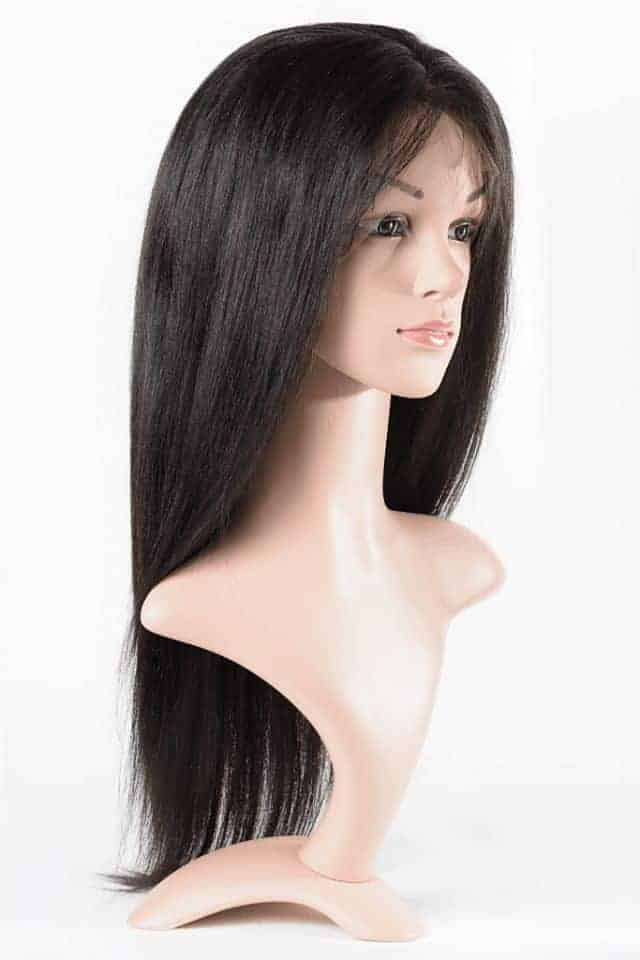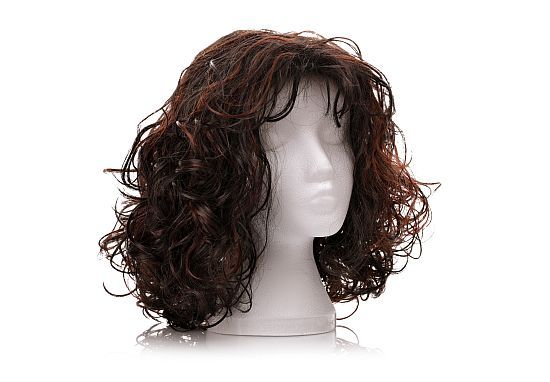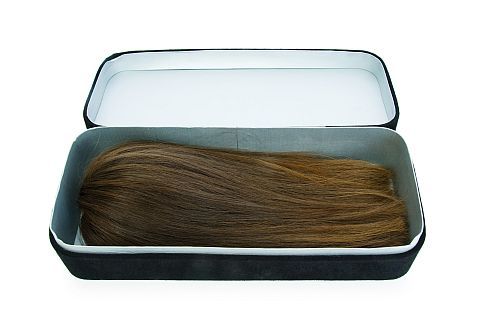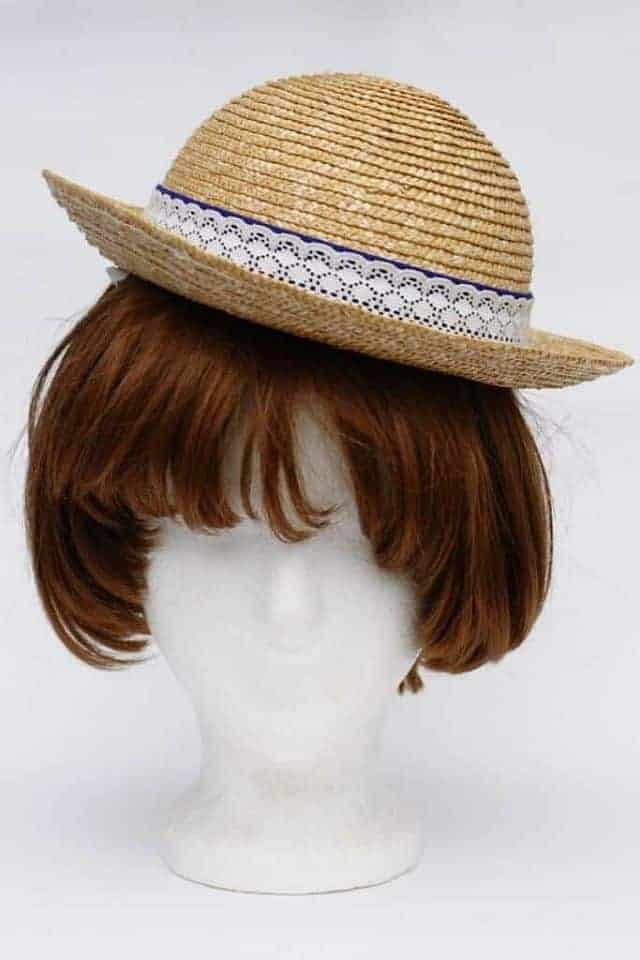Do Hair Accessories Damage Hair?
The main purpose of hair accessories is to move hair out of your face and keep your hairstyle in place. In addition, they can add style and glamour to your hairstyle. Unfortunately, some cheap and low-quality hair accessories can weaken the hair shaft, leading to breakage and hair loss. This can happen for two reasons. The first is a poorly designed product, and the second reason is not using the hair product correctly.
The most damaging hair accessories include hair ties, bobby pins, and hair barrettes.
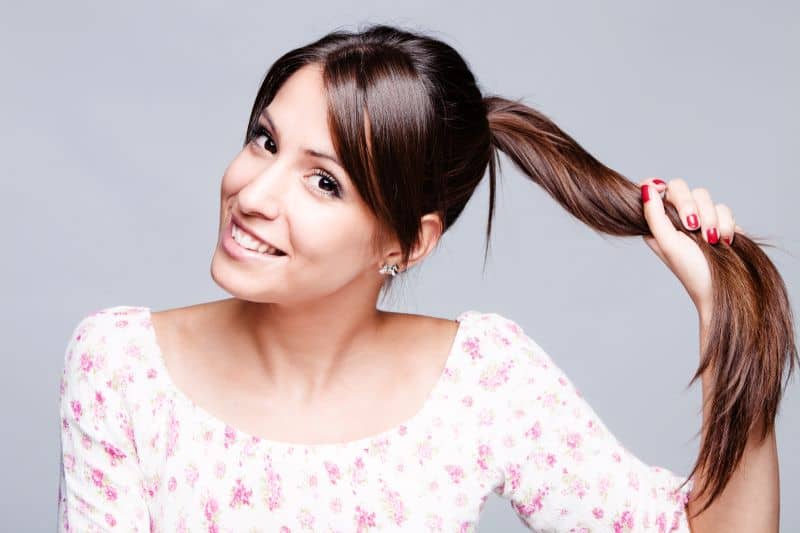
Hair Ties
Can Hair Ties Damage Hair?
Hair elastics are usually used when we want to lift our hair and tie it in a ponytail. Hair ties can leave a crease, create tension, and tangle the hair. Using hair elastics can damage your hair especially if the elastics are cheap and of poor quality. The possibility of damage increases if you use these hair ties too frequently.
Can Hair Ties Cause Hair Loss?
Tying and wearing a ponytail pulls out hair and can weaken it at the root, causing you to lose a few strands of hair every time you untie your ponytail. Additionally, persistent pulling can damage hair follicles and lead to hair thinning. Thinning commonly occurs along the hairline since this area is most exposed to the stress caused by tight hairstyles.
How to Avoid the Damage from Using Hair Elastics
You should not buy cheap hair accessories, because such savings can do more harm than good. Low-quality hair ties lead to tangled hair and hair breakage. Quality hair accessories are worth the expense. It is also recommended that you avoid putting your hair in a ponytail every day.
And when you do tie up your hair in a ponytail, wear a loser version and try to wear it at different heights. Finally, never tie up your hair when wet as wet hair is extremely fragile and will damage easily.
When you untie the ponytail, do it slowly, and gently remove the elastics without pulling and tugging.
Instead of using traditional rubber bands, look for elastics that are covered with a soft material that won’t snag or damage your hair. The silk cover is the best choice when you want to protect fine and thin hair from tension and breakage.
Bobby Pins
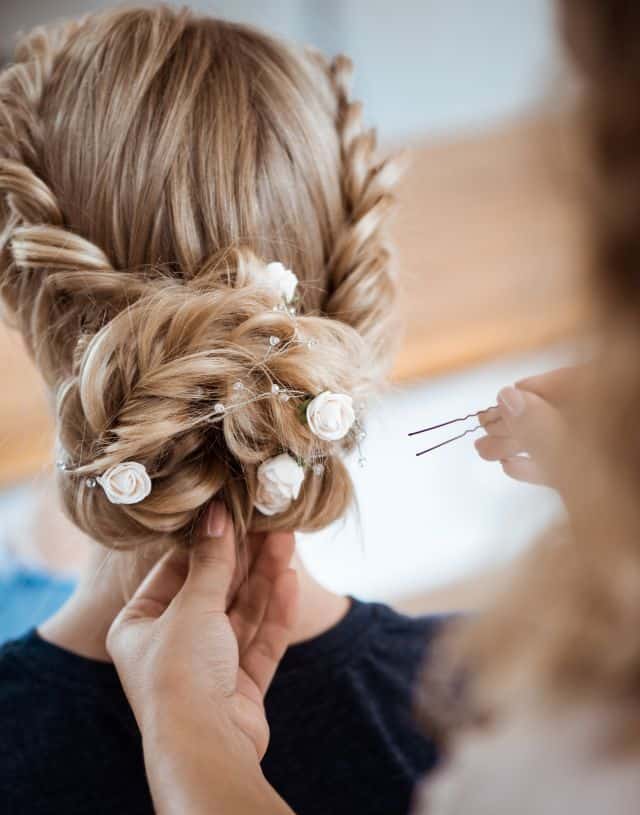
Do Hair Pins Damage Hair?
Bobby pins are used to keep the hair in place, where a sleek look is desired. They are great for styling your hair, but they also have the potential to damage hair, especially if you are not careful about inserting them on and taking them off. Sharp edges of cheap hairpins can accidentally scrape your scalp or snap hairs. The possibility of damage is greater if you sleep with hairpins because the movement can cause pins to pull out hair and break the hair shaft.
Can Bobby Pins Cause Hair Loss?
Prolonged wearing of bobby pins on the same spot on your head can cause hair loss. Persistent pulling on the same area can damage follicles and cause bald spots in your hair.
How to Avoid Hair Damage from Using Bobby Pins.
Be very careful when inserting bobby pins and taking them out. Make sure not to put the hair pin in the same place every time, as this increases the chances of damaging the hair shaft. When you wash your hair, be sure to remove the hairpins because they can pull out and tangle hair during the washing process. Also, make sure to remove all bobby pins while blow drying your hair.
Avoid using bobby pins too often, especially if your hair is fragile.
Never crisscross them because crisscrossed pins can put too much pressure on one spot and may cause hair breakage.
Use hair pins that have a rounded tip with a smooth coating to prevent hair from encountering sharp edges. Throw away damaged hair pins to avoid the chances of hair breakage or scraping your scalp.
Headbands
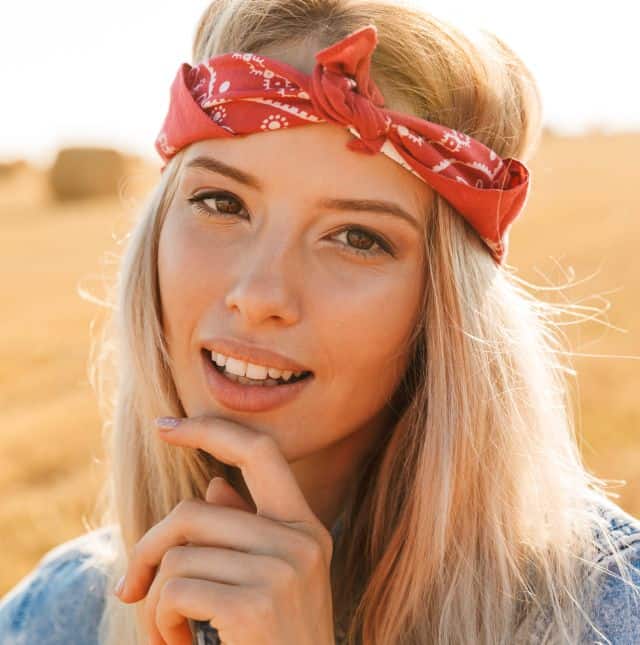
Can Headbands Damage Hair?
Headbands are used to move the hair back from your face. Metal or plastic headbands and headbands with built-in combs put a lot of pressure on your hair and scalp and can negatively affect your hairline and temples. Silicone grip bands have a strong grip that can be potentially damaging to the hair. Those with built-in combs put pressure on your hair and can break your strands when removed.
There is no evidence that wearing headbands made of fabric will damage hair. Many people agree that their hair looks neater and that headbands help absorb sweat during sports activities. However, a tight headband made of uncomfortable material can harm the hair by causing frizz and breakage.
Do Headbands Cause Hair Loss?
Constantly wearing an uncomfortable headband is associated with hair loss around the hairline. A tight and uncomfortable band tightens the hair and is associated with increased hair loss in men.
How to Prevent Hair Loss from Wearing Headbands?
If you decide to wear headbands, choose one made of smooth material such as satin or silk and make sure that it is not too tight.
If you need a headband for exercising, choose velvet bands that are much gentler and won’t tag your hair.
Hair Barrettes
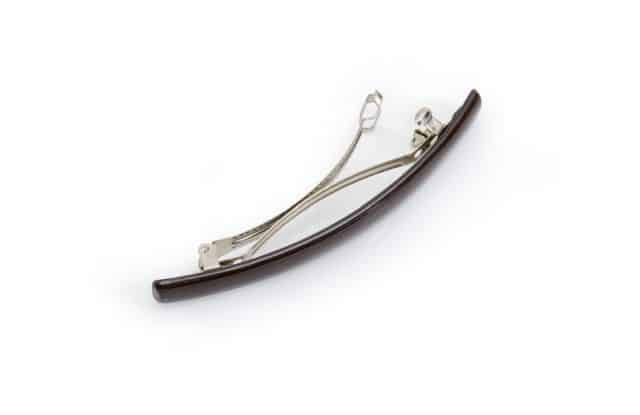
Are Barrettes Bad for Your Hair?
Barrettes serve to hold smaller sections of hair in place and may also be decorative. Since they are made of metal or have metal parts, there is a possibility of harming hair and scalp. Hair often gets caught in the clasp. In addition, this accessory doesn’t remain stable on the hair and may need frequent adjustments, which additionally increases the possibility of tearing off the hair, as well as injury to the scalp.
How to Minimize Damage to Hair and Scalp from Using Barrettes?
Always try to clip the correct amount of hair. Grabbing more hair than optimal increases the chances of hair damage and breakage. On the other hand, too little hair makes the barrette unstable, and it won’t stay in place throughout the day.
If possible, check the metal parts by touching them before buying. If you feel sharp edges and rough spots, do not buy the item.
Be careful not to pull your hair too tight when clasping it in a barrette, as this will increase the chances of pulling and tearing.
Claw Clips
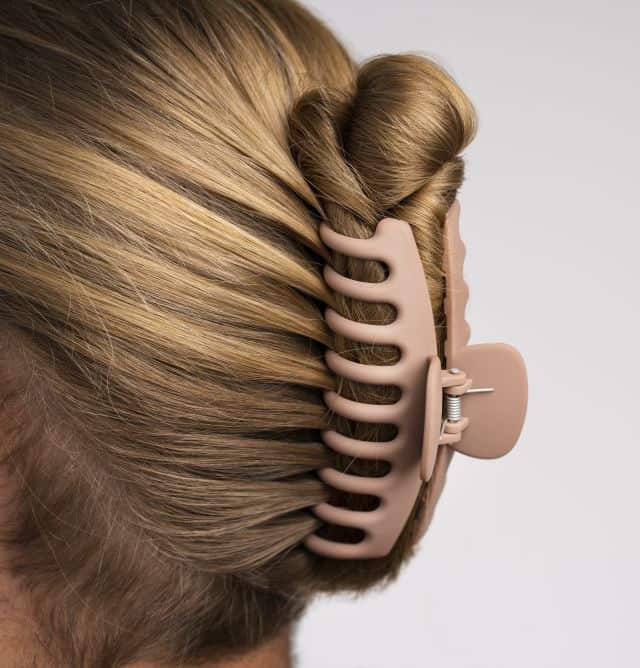
Do Hair Clips Damage Hair?
Claw clips are much gentler on the hair than rubber bands and bobby pins, which makes them popular among people with fine and thin hair. With claw clips, you can effortlessly lift your hair to create different hairstyles with minimal hair damage. However, claw clips can cause hair damage if they have sharp spots or if the mechanism that closes the clip does not work well. Like other accessories, they must be used properly.
How to Prevent Hair Damage from Using Claw Clips
Use only quality clips that have a perfectly smooth surface and rounded edges. Use clips that have a secure gripping mechanism that doesn’t catch and snag the hair.
Clip it in a slightly different place every day to avoid putting the pressure on same spot on your hair or scalp.
